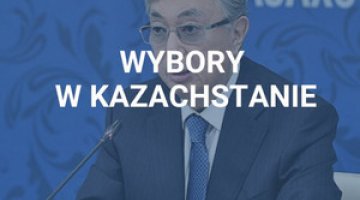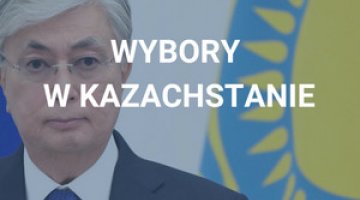Military clashes in Kazakhstan
On 5 June, a series of clashes broke out in Aktobe, the administrative centre of Aktobe Region in northern Kazakhstan. Gun shops and a local army unit were the targets of the attacks. Nineteen people were killed in the clashes, including thirteen of the attackers. An anti-terrorist operation has been announced in Aktobe city and region, and a manhunt is underway. According to the official version, the attacks were launched by local Islamic radicals. The Aktobe attacks were overshadowed by information published on 6 June by the National Security Committee that Tokhtar Tuleshov, a businessman allegedly linked to the Russian secret services (who was detained in January 2016), had planned a coup and had reportedly financed the protests against the reform of the Land Code. A number of former senior officials and military officers suspected of collaborating with Tuleshov were arrested on 4–5 June. The clashes in Aktobe have been widely publicised by the Russian media, suggesting that the situation in Kazakhstan poses a threat to Russia’s security.
Commentary
- The Aktobe attacks are unprecedented in their character. Military violence in Kazakhstan breaks out sporadically, and the last time the country suffered terrorist attacks was in 2011–2012. However, the attacks have never reached such a large scale. Even though the version with local Islamic radicals seems credible, it is difficult to conclude beyond any doubt who inspired the attacks (nothing suggests that they had anything in common with Islamic State). The Aktobe attacks have been overshadowed in the media by the accusations that Tuleshov had been planning a coup. The accusations should be viewed as an attempt to distract public attention from the events in Aktobe and to consolidate the public in the face of the destabilisation of the country.
- The Aktobe attacks are yet another sign of intensifying internal tension in Kazakhstan. This is generated by the frustration of the people due to their deteriorating standard of living (being mainly an effect of falling oil prices), deceasing confidence in the government’s actions and tension inside the elite caused by the ongoing state revamping process (including reform of the state apparatus). The series of protests against the controversial reform of the land law in April and May were one example of the tension. They reveal that the government has lost the capacity to control the public mood, and the socio-political contract currently in place is losing its footing. The situation is also adversely affected by the issue of the unresolved succession of President Nursultan Nazarbayev, who is 76 years old.
- The situation may be further destabilised by the continuously high level of public frustration and the increasingly negative evaluation of the government’s effectiveness as seen by the public (tactical moves could include dismissing the prime minister and replacing old members of the cabinet with younger ones, as well as launching repressions against the most radical social activists). The situation is additionally complicated by the difficult relations with Russia, which is irritated by Kazakhstan’s independence on the international arena and its resistance to Russia’s integration projects (the Eurasian Economic Union). Kazakhstan, which remains within the Russian information zone, will feel the negative consequences of the alarmist narrative in the Russian media and the exaggerated warnings of Kazakh nationalism, Islamic radicalism or the scenario of a revolution. Furthermore, it cannot be ruled out that Russia will make attempts to use the present weakening of the regime in Kazakhstan to increase the country’s dependence on it.



